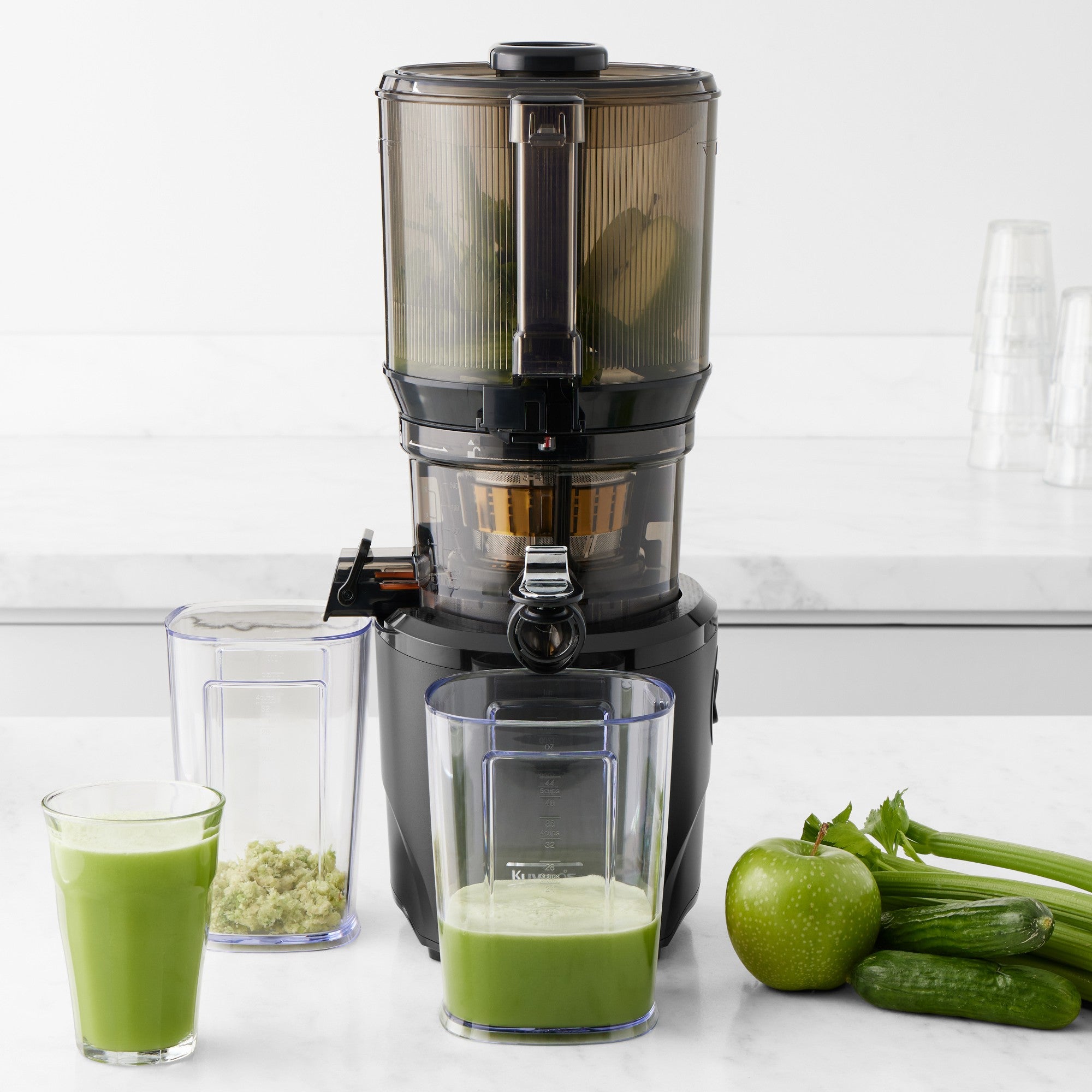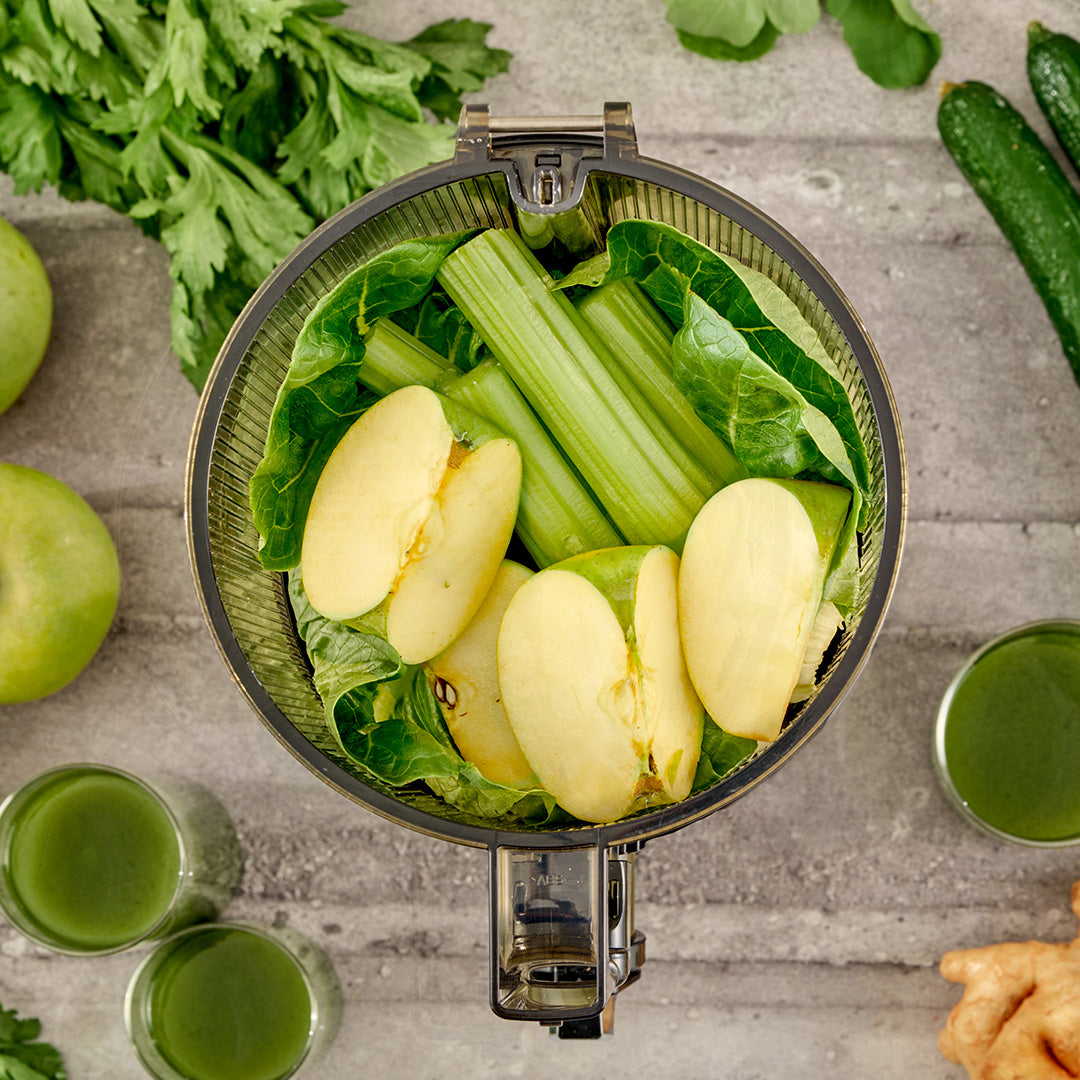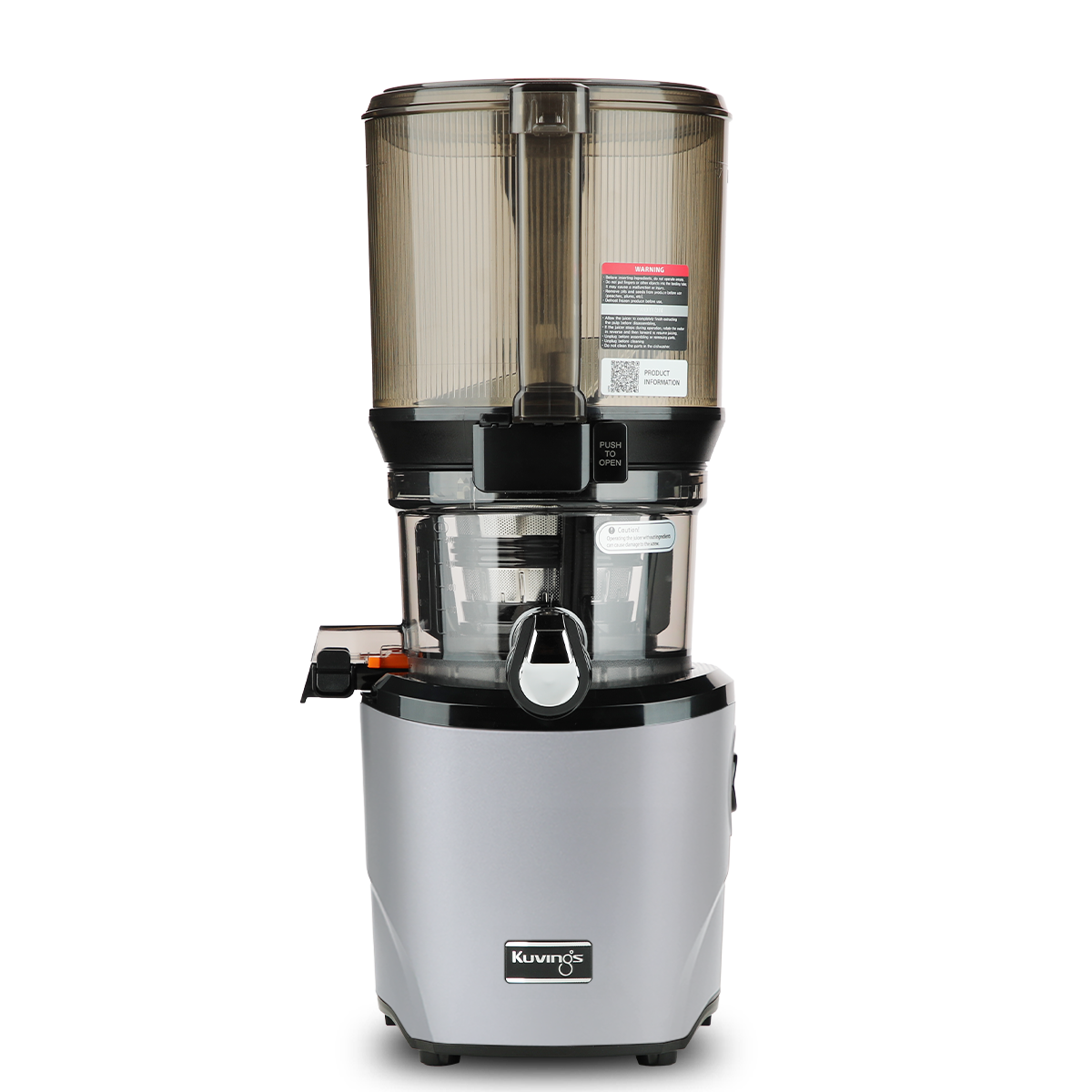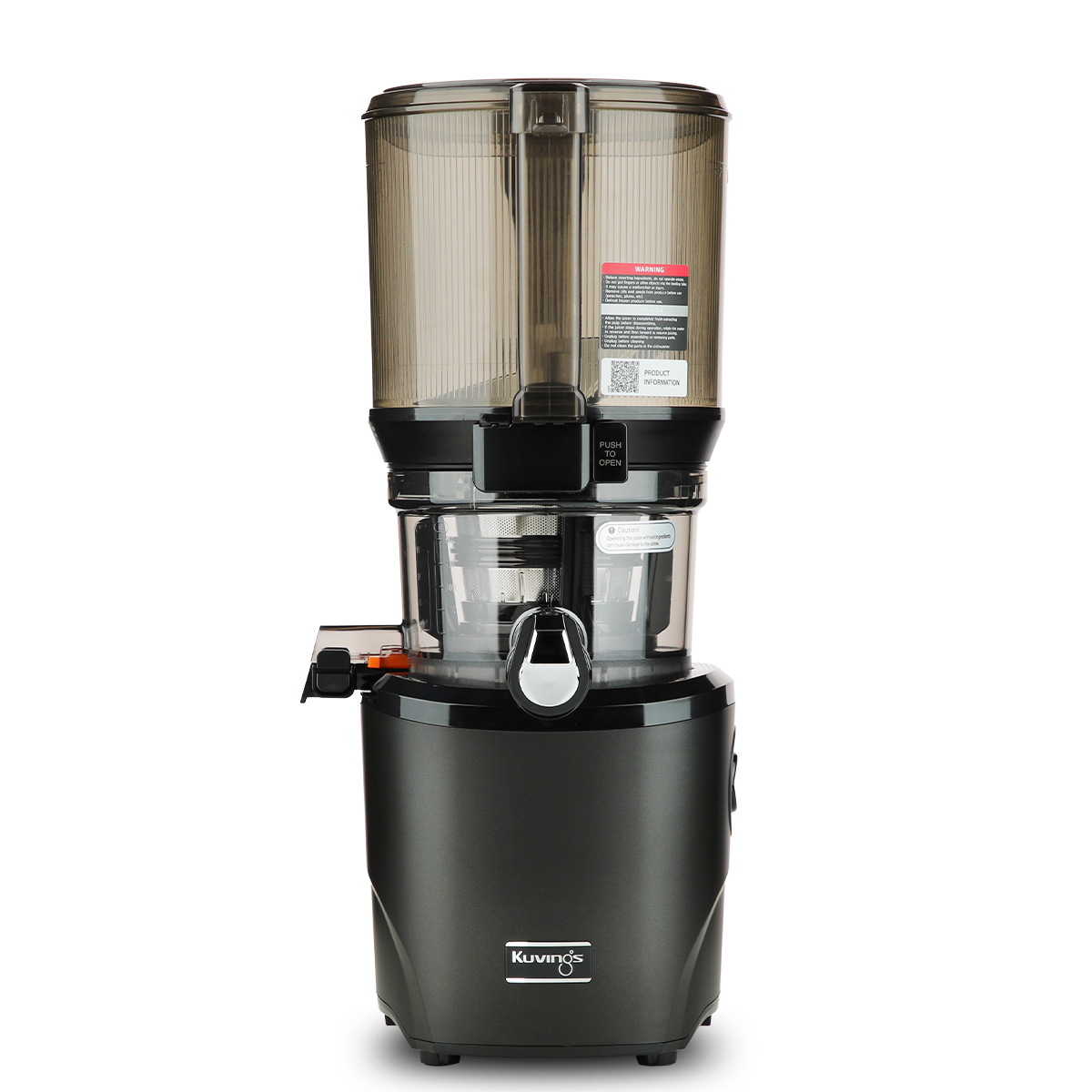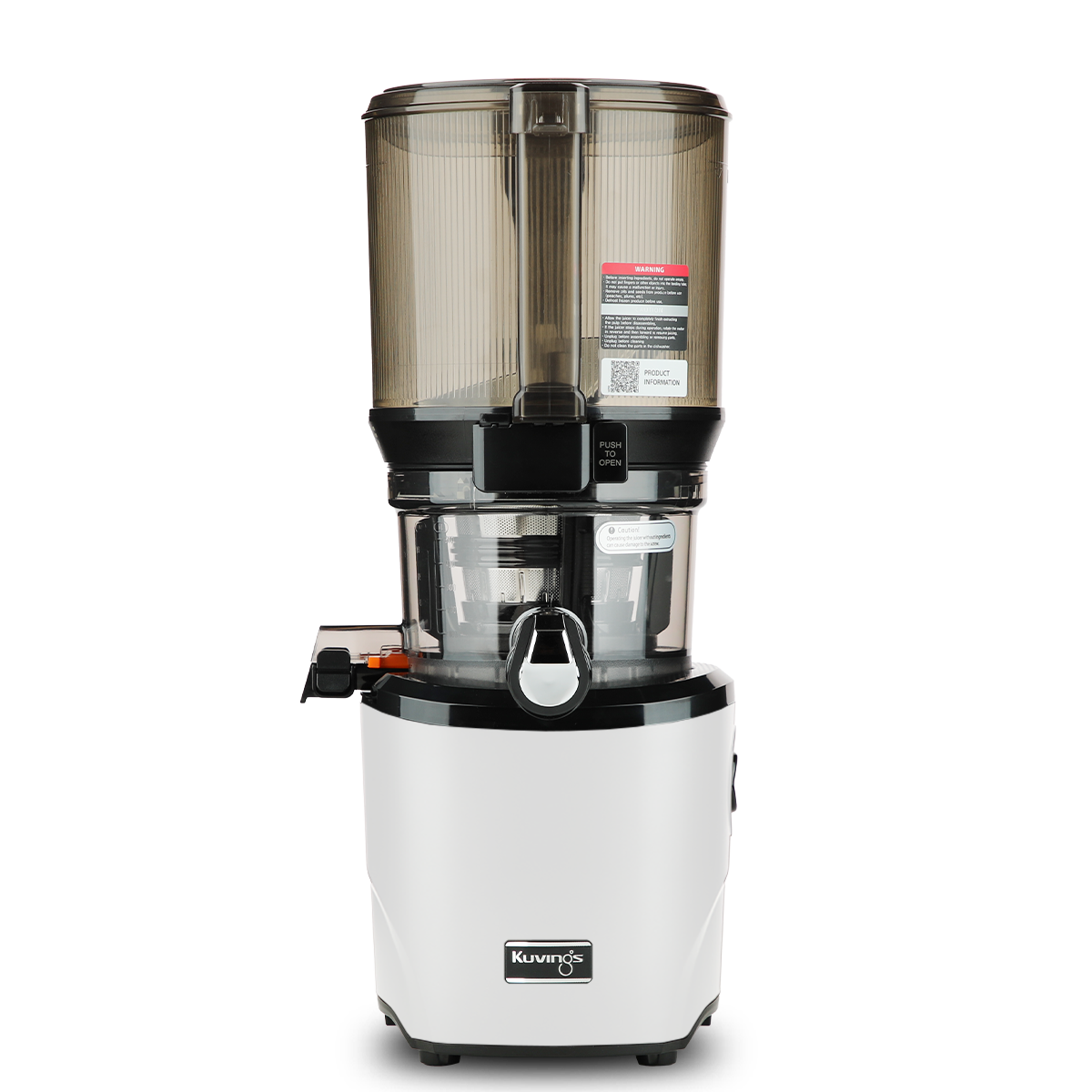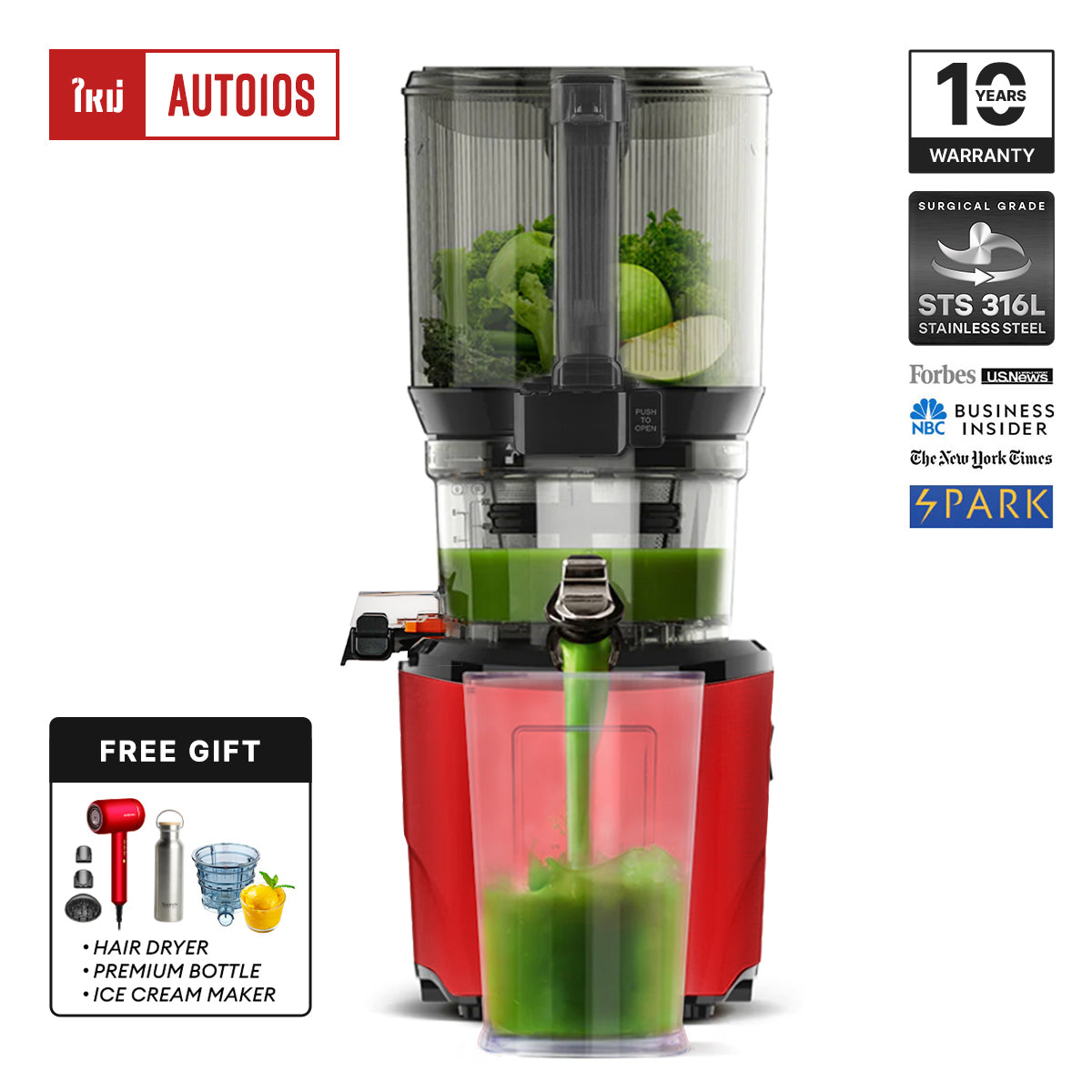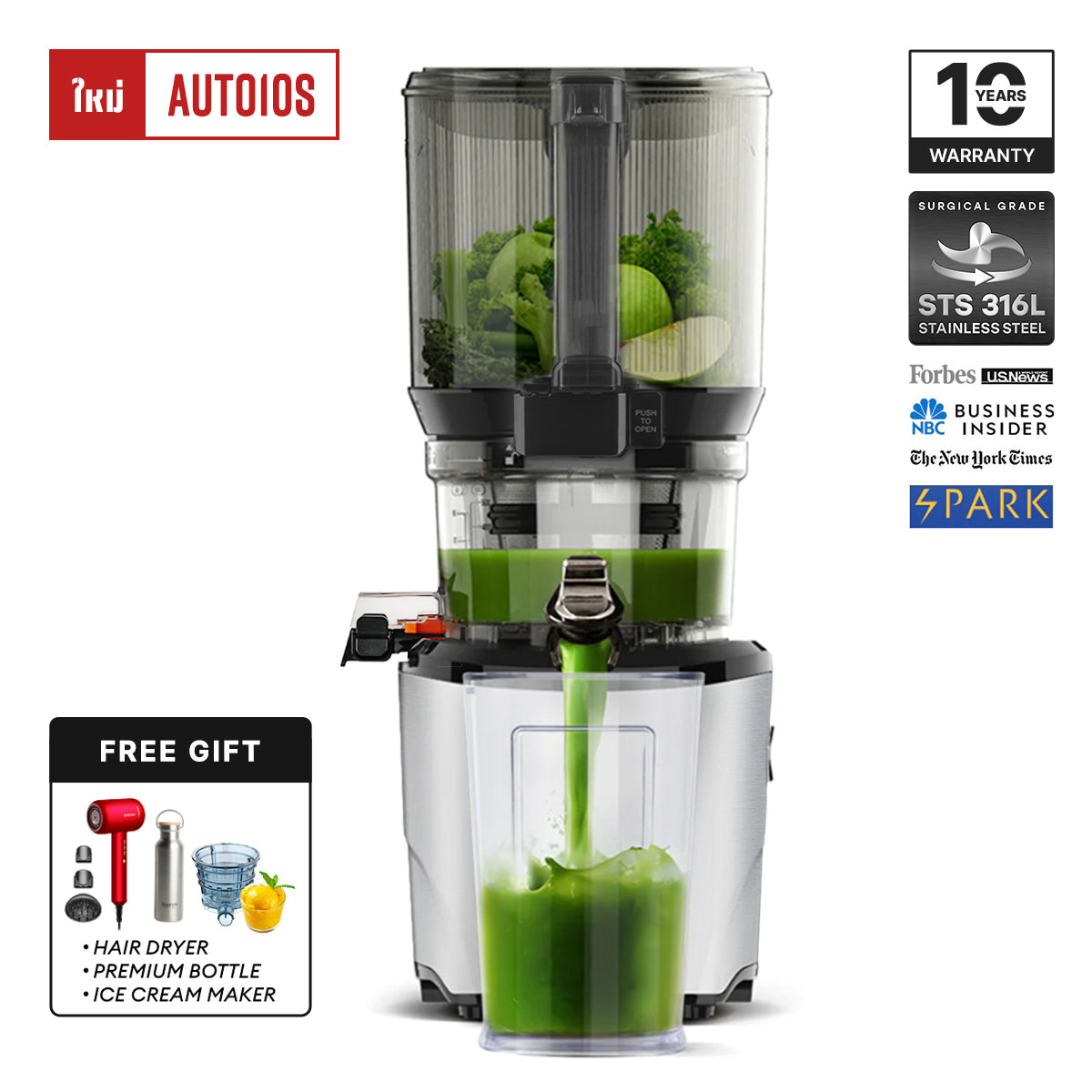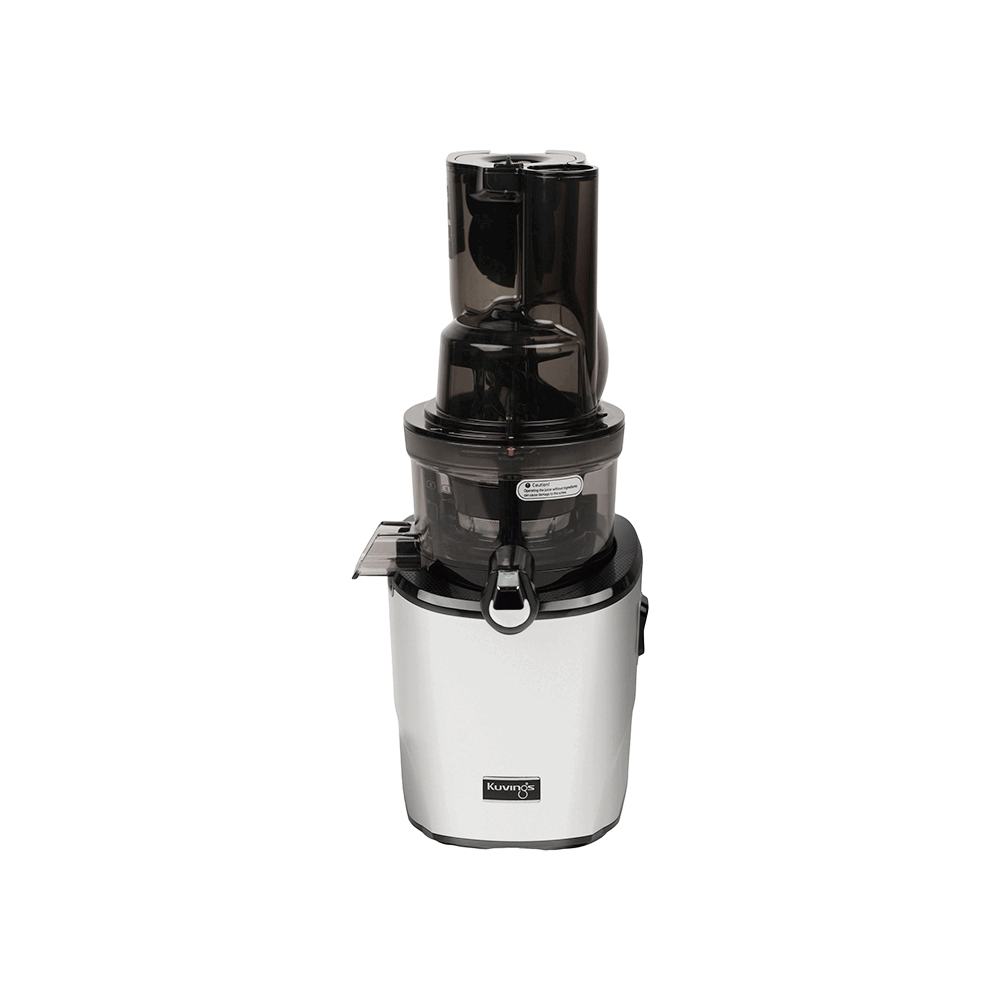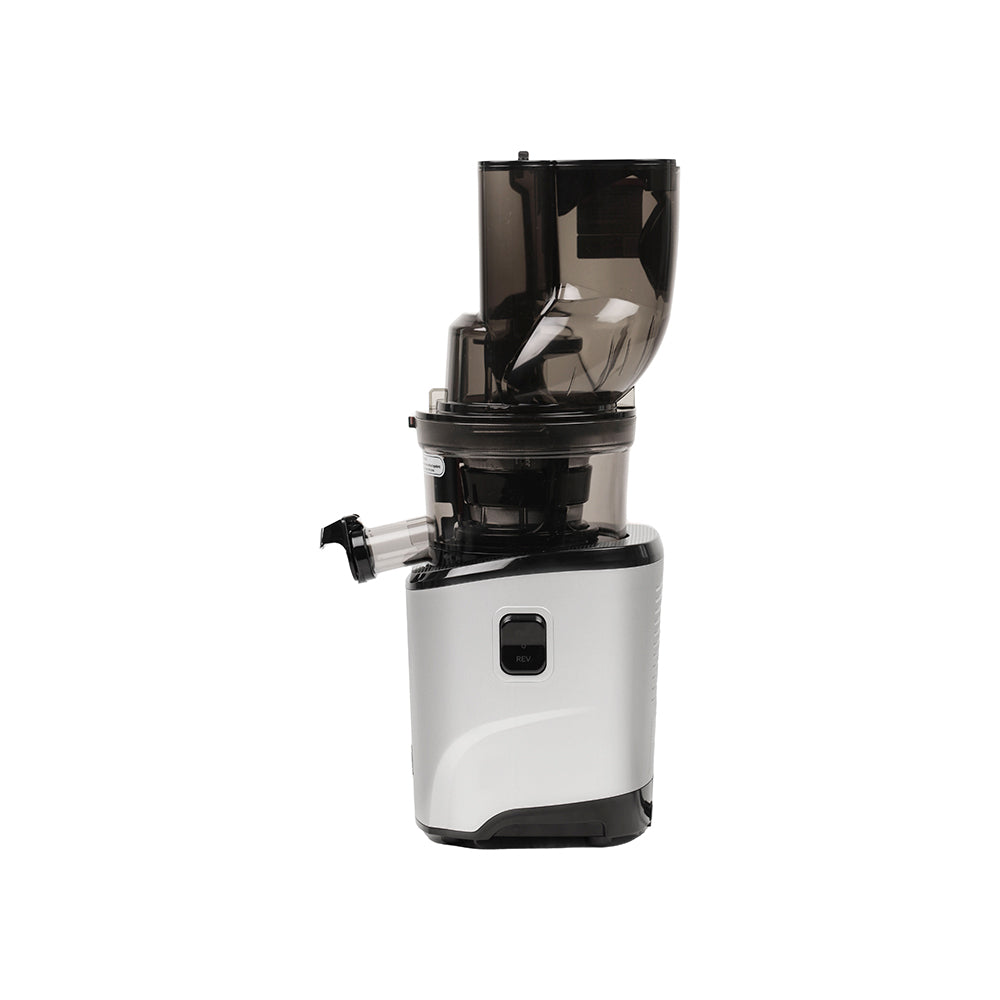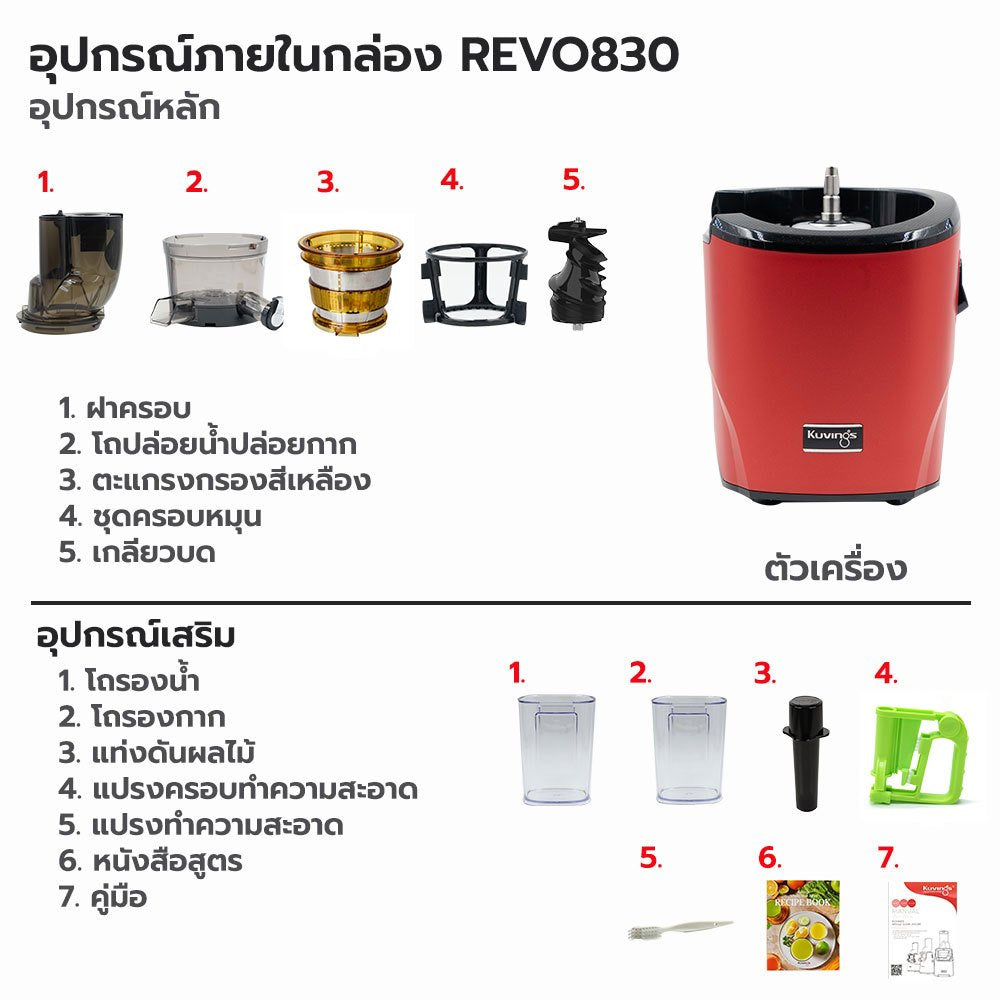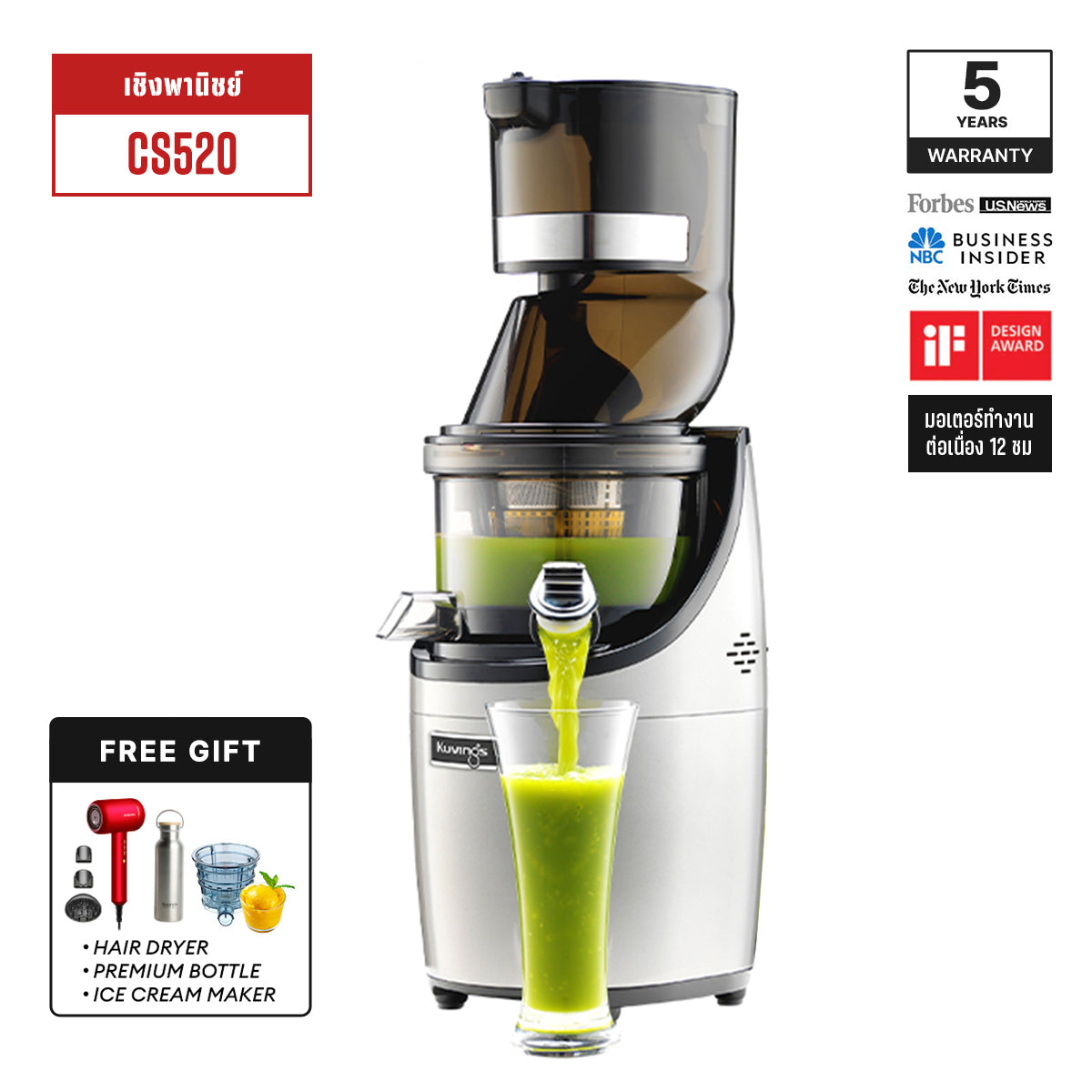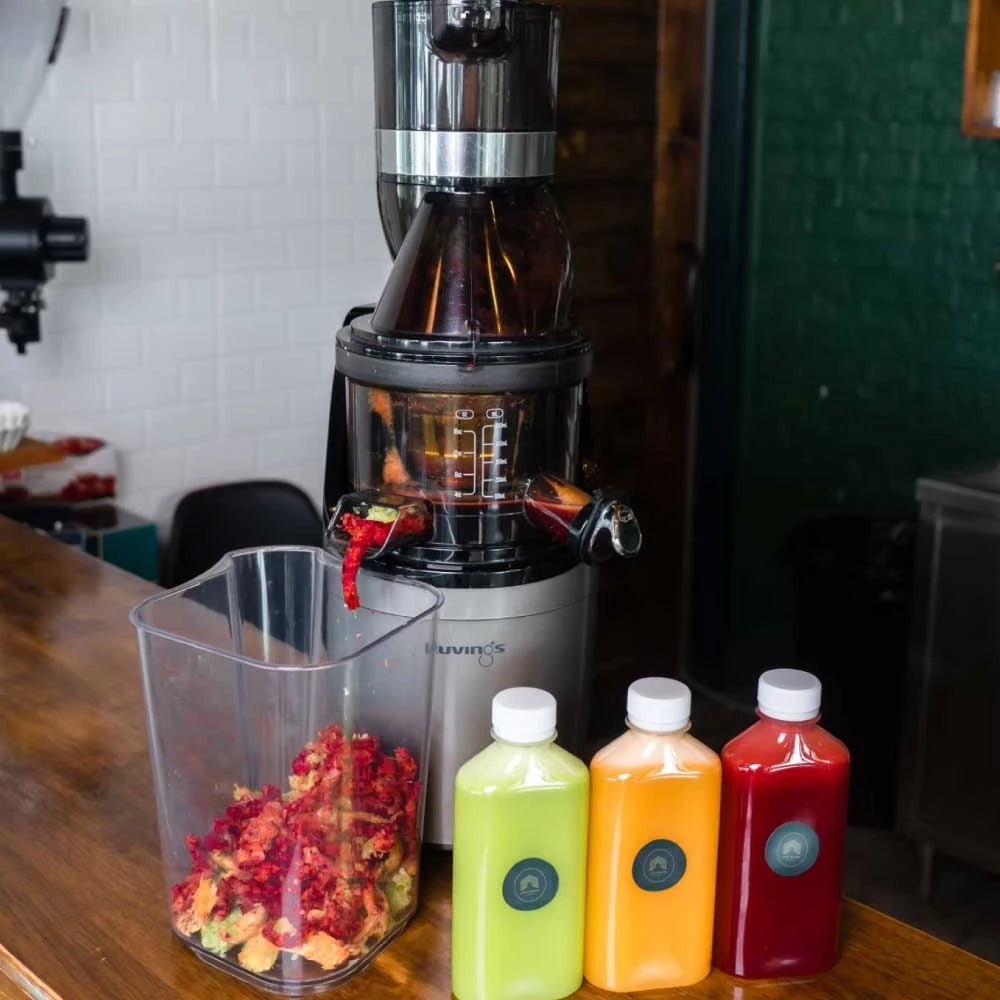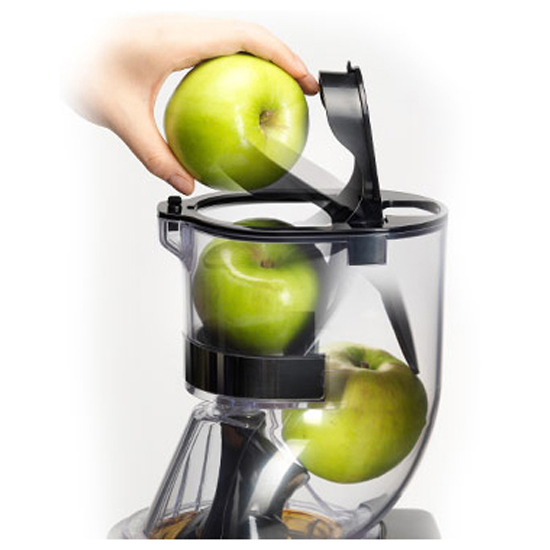Food poisoning refers to food that contains a substance with properties that can adversely impact the body when consumed. It can be categorized in several ways according to the source of the toxin in the food:
- Microbial contamination - Contamination of food by microbes that naturally occur in foods, such as bacteria, viruses, and fungi, can make food toxic. For example, Salmonella or Escherichia coli bacteria will produce toxins that cause illness when consumed.
- Chemicals - Using chemicals in agriculture, food preparation, or certain industrial processes may leave chemical residues in food, making it toxic. Examples include chemicals used to kill bacteria or fungi in food production, excessive use of flavor enhancers, or agricultural chemical residues on produce.
- Naturally toxic ingredients - Some foods contain naturally toxic ingredients, such as certain types of toxic seafood referred to as ciguatera, or some plant seeds with natural toxins.
- Food processing - Certain food processing methods like frying, use of additives, or freezing can create toxins in foods. For example, frying foods in oil at high temperatures often produces unhealthy trans fats.
Common symptoms of foodborne illness:
- Stomach pain and vomiting - This symptom is very common, especially from most bacterial infections like Salmonella or E. coli.
- Diarrhea (dehydration): Watery diarrhea can occur, possibly caused by toxins or pathogens impacting the intestines.
- Fever: Sometimes, illnesses caused by microbial contamination or food poisoning can cause fever.
- Gastrointestinal issues: Food poisoning may cause gastrointestinal problems such as indigestion, bloody stool, or abdominal cramps.
Symptoms of illnesses from consuming toxic foods can vary depending on the type of toxin or pathogen involved. Symptoms may persist over time or appear immediately after consumption. Sometimes they start mildly and escalate gradually as the toxin or pathogen damages the body.
If such symptoms occur, it is important to seek medical attention promptly for proper diagnosis and treatment. Treatment may involve fluid replacement, anti-inflammatory medications, or antibiotics, depending on the cause of illness.
After seeking medical care, nurturing intestinal health after food poisoning is also crucial for overall gastrointestinal recovery. Consuming appropriate fruits and vegetables can help increase fiber intake, which promotes a healthy gut and reduces colon cancer risk.
Fruits and vegetables play the following roles in nurturing the gut after food poisoning:
1.Green leafy fibrous vegetables They are high in fiber that increases stool bulk and supports good bowel function. Examples are cabbage, bok choy, lettuce.
2. Mineral-rich fruits They contain fiber that helps stimulate bowel movements and hydrates the body. Examples are apples, bananas, strawberries, and pomegranates.
3. Antioxidant-rich fruits help reduce intestinal inflammation, such as blueberries, strawberries, kiwis. Colorful vegetables like tomatoes, peppers, and beans are also beneficial.
Consuming a diet rich in fiber and gut-friendly nutrients, along with adequate hydration, can help reduce risks associated with gut recovery after food poisoning. Don't forget to maintain healthy eating habits, such as limiting intake of fatty and sugary foods, for overall body and intestinal health.
Preventing consumption of toxic foods is crucial - follow proper food hygiene standards during cooking, correct food storage, cleaning kitchen equipment, and choosing quality, safe ingredients. This will help keep your body free from illness.






